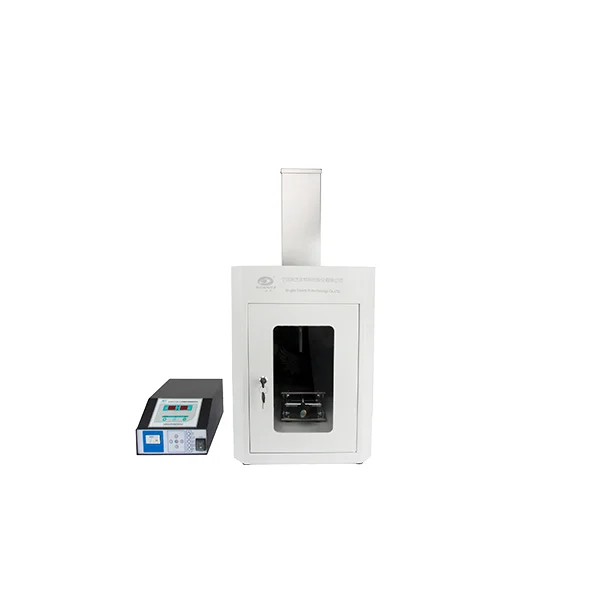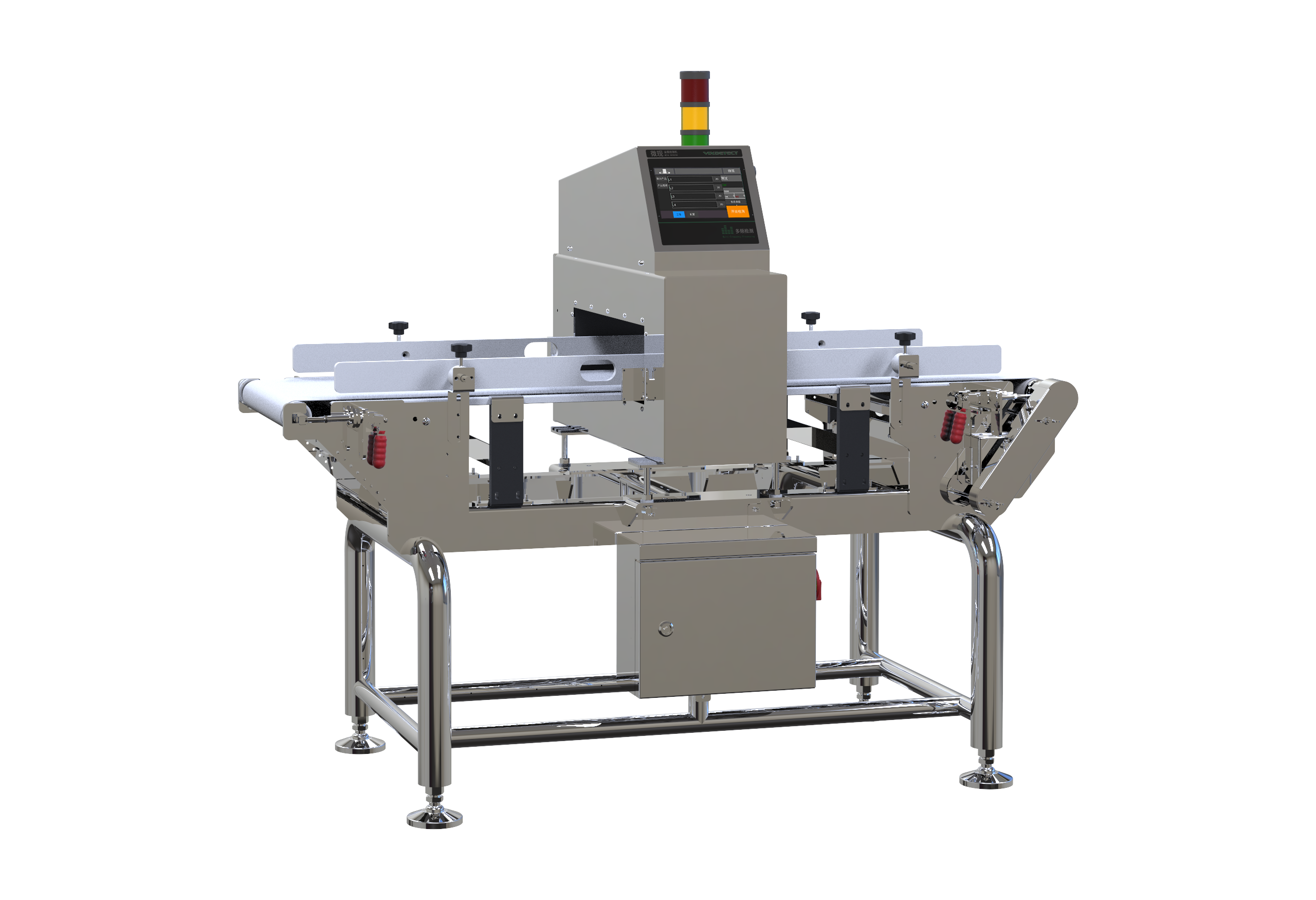Exploring the Spectrum of Plate Heat Exchangers: Types, Applications, and Benefits
Plate heat exchangers (PHEs) are pivotal components in various industrial processes, facilitating efficient thermal energy transfer between two fluids. Their compact design, high efficiency, and versatility make them a preferred choice in numerous applications, from food processing to chemical manufacturing. In this article, we will delve into the different types of plate heat exchangers, their unique characteristics, applications, and the advantages they offer.
Understanding Plate Heat Exchangers
Before we explore the various types, it is essential to understand the fundamental working principle of plate heat exchangers. PHEs consist of multiple thin plates arranged in a frame, creating channels for two fluids to flow in close proximity. The heat transfer occurs through the plates, allowing one fluid to heat or cool the other without mixing. This design maximizes surface area while minimizing the volume, leading to enhanced heat transfer efficiency.
Types of Plate Heat Exchangers
- Gasketed Plate Heat Exchangers
- Description: Gasketed plate heat exchangers are the most common type, featuring plates that are sealed with gaskets. The gaskets not only prevent fluid leakage but also allow for easy disassembly for cleaning and maintenance.
- Applications: These exchangers are widely used in HVAC systems, food and beverage processing, and chemical industries due to their flexibility and ease of maintenance.
- Advantages: High thermal efficiency, easy to clean, and customizable for various applications.
- Welded Plate Heat Exchangers
- Description: In welded plate heat exchangers, the plates are welded together, eliminating the need for gaskets. This design is suitable for high-pressure and high-temperature applications.
- Applications: Commonly used in the oil and gas industry, power generation, and other applications where aggressive fluids are involved.
- Advantages: Greater durability, resistance to high pressures and temperatures, and reduced risk of leakage.
- Brazed Plate Heat Exchangers
- Description: Brazed plate heat exchangers are constructed by brazing the plates together, typically using copper or nickel as the filler material. This type is compact and highly efficient.
- Applications: Ideal for refrigeration, air conditioning, and heating applications due to their small footprint and high thermal performance.
- Advantages: Compact design, high thermal efficiency, and the ability to handle high pressures.
- Semi-Welded Plate Heat Exchangers
- Description: Semi-welded plate heat exchangers combine features of both gasketed and welded designs. They have a set of welded plates for one fluid and gasketed plates for the other, allowing for the handling of aggressive fluids while maintaining ease of maintenance.
- Applications: Often used in chemical processing and other industries where one fluid is corrosive.
- Advantages: Flexibility in handling different fluids, ease of maintenance, and reduced risk of leakage.
- Double-Pipe Heat Exchangers
- Description: While not a traditional plate heat exchanger, double-pipe designs can be considered for specific applications. They consist of one pipe inside another, with one fluid flowing through the inner pipe and the other in the annular space.
- Applications: Suitable for low-flow applications and where space is limited.
- Advantages: Simple design, easy to clean, and low cost.
Factors Influencing the Choice of Plate Heat Exchanger
When selecting a plate heat exchanger, several factors must be considered:
- Fluid Properties: The nature of the fluids involved (corrosiveness, viscosity, temperature, and pressure) will dictate the type of heat exchanger required.
- Space Constraints: The available installation space can influence the choice between compact designs like brazed or welded exchangers.
- Maintenance Requirements: Gasketed exchangers offer ease of maintenance, while welded designs may require more complex servicing.
- Cost Considerations: Initial investment and long-term operational costs should be evaluated to determine the most cost-effective solution.
Conclusion
Plate heat exchangers are indispensable in modern industrial processes, offering a range of types to suit various applications and fluid characteristics. Understanding the differences between gasketed, welded, brazed, semi-welded, and double-pipe heat exchangers enables engineers and decision-makers to select the most appropriate solution for their specific needs. By leveraging the unique advantages of each type, industries can enhance their thermal efficiency, reduce energy consumption, and ultimately improve their bottom line. As technology advances, the evolution of plate heat exchangers will continue to play a crucial role in optimizing thermal management across diverse sectors.


